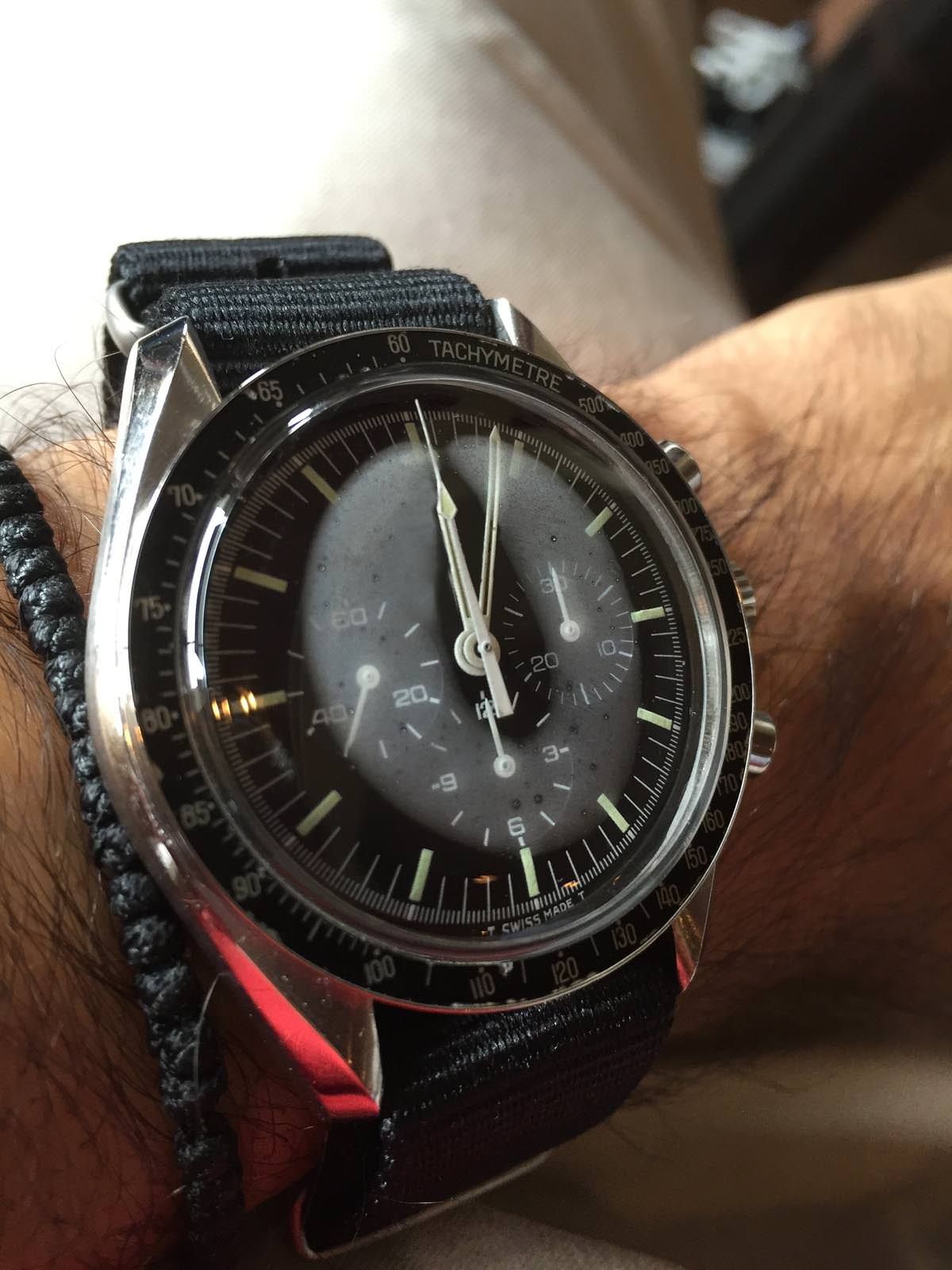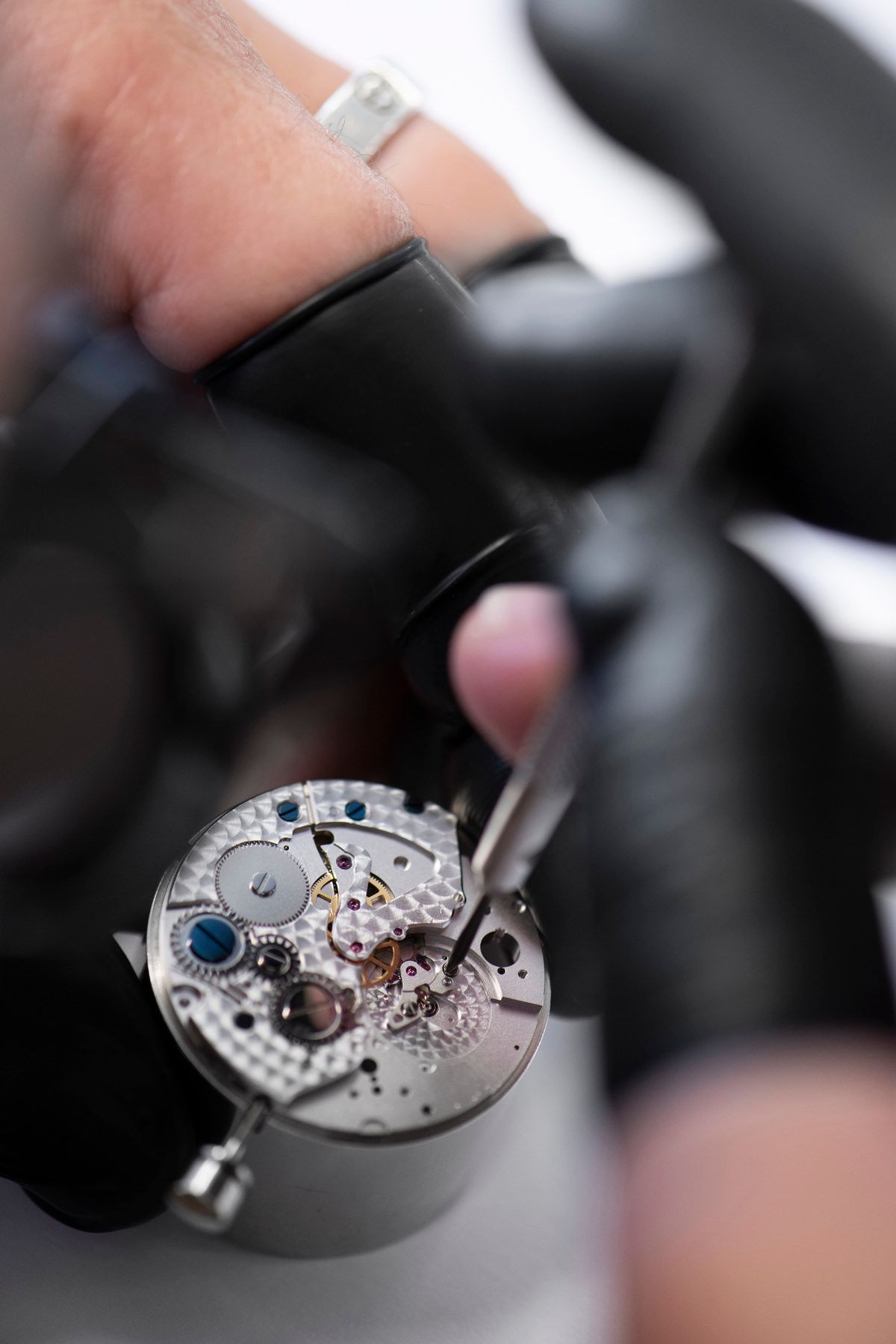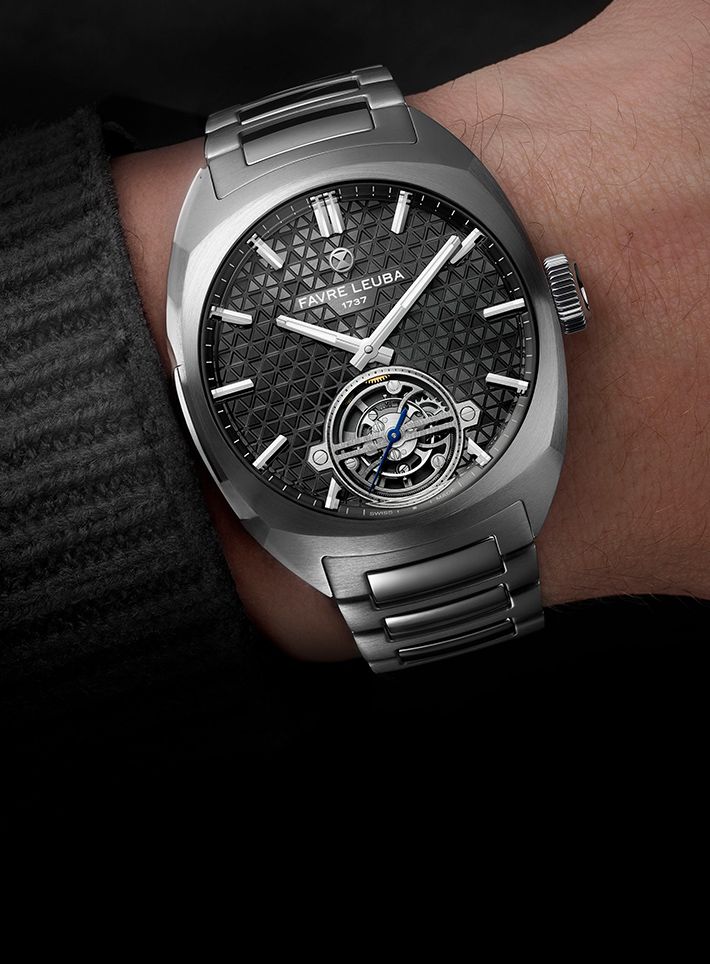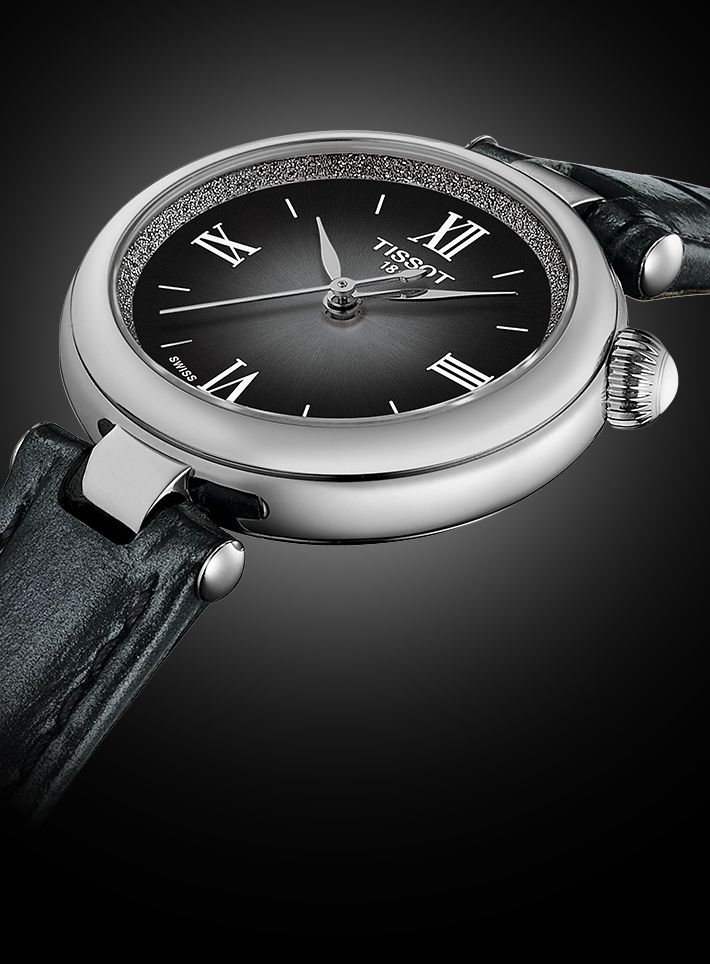Round-UpFive Tell-Tale Signs That Indicate Your Watch Is Due For Servicing
A watch, just like an automobile, requires regular servicing. But how does one know when it's time? Well, here are five signs that'll tell you it's time your timepiece got the TLC it needs
May We Recommend
In our reviews of watches inspired by automobiles, we draw parallels between the working, design and craftsmanship of a watch and a car. For example, just like a car, a watch has an engine, which is its movement. The mainspring barrel could be likened to a car’s fuel tank, the case can be likened to the chassis, and so on. In both these cases, a lot of small, individual parts come together to create a machine with pure mechanical harmony. But that’s not where the similarities end. Just like in a car, or any machine with moving internal parts, a watch needs to be serviced too. While it’s true that fine timepieces are built to last a lifetime, on our wrists they do endure a fair bit of decrement. If you wear your watch every day, they are subject to stresses such as dings, magnetic forces, and contact with water. And with time, there’s bound to be some sort of wear and tear that’ll affect the working of the watch. Here are five tell-tale signs that it’s time to service your valued timepiece.
There Is Moisture Inside The Watch Case
If you notice even the slightest bit of moisture within the case of your watch, you must visit a professional service centre as quickly as possible. Typically, a leak will show itself in the form of condensation underneath the glass, and even the smallest amount of moisture within your timepiece will begin to corrode parts and consequently dry out the lubrication within hours. In most cases, moisture inside a watch indicates a worn out gasket. If you’ve gotten your watch serviced recently, it could mean that it wasn’t resealed properly. Either way, it’s imperative that the watch be professionally inspected and the issue be fixed, as even a single drop of water could mark the beginning of the end for your timepiece.

The Watch Isn’t Keeping Time Accurately
The COSC (Official Swiss Chronometer Testing Institute) standards dictate a tolerance of -4 seconds to +6 seconds a day. Some companies have a stricter margin, for example Rolex, with its +2/-2 standard. So, if your timepiece is running faster or slower than its predetermined tolerance level, it’s reason enough to pop by to your nearest authorised service centre. There are several reasons behind a watch losing or gaining time. There is a possibility of magnetisation of the watch’s movement. Perhaps the lubrication in your watch is drying up and needs refreshing. It could also mean that some parts have been worn down or have been affected by impact.

You Hear A Rattle Inside The Case
With hundreds of tiny parts working away in a mechanical watch making sure it ticks, they are designed and tested to withstand a significant amount of weathering. Unfortunately though, sometimes a part may get knocked off on impact from a fall or a direct hit to your watch. This might show itself in the form of a rattling noise whenever you shake your watch. Take that sound as an alarm to go to a service centre and get this issue fixed.

The Crown Feels Stiff Or Loose
The crown, or in some cases, a pusher, is your only real connection to the movement ticking away inside. Over time, however, you may find that the crown has become stiff or loose, which makes it difficult to set the time and date. This may indicate that the stem, which is found inside the movement, is stuck or has snapped. The lack of linkage between the crown and the movement is a serious issue, and you should consider getting your watch repaired and serviced if this happens. A loose crown could also mean that the mainspring has broken, due to accidental excessive winding, which is a more likely in manual-winding watches.

The Seconds Hand Moves Erratically (In Quartz Watches)
If you own a quartz watch and the seconds hand, instead of ticking every second, jumps five-second intervals in one go, this is the watch notifying you that the battery is low on power. Many quartz watches can detect when the battery voltage drops below a certain level, indicating that a replacement will be needed soon. Batteries are inexpensive, and must be replaced immediately if the watch displays this behaviour. Batteries that have completely depleted and been left inside a quartz watch may leak and cause extensive damage to the movement, fixing which will be far more expensive. So a stitch in time saves nine!

If your timepiece exhibits any of these symptoms, you could always stop by at Ethos’ state-of-the-art service centre in New Delhi to get it fixed. If you’re located elsewhere else in India, the service team will be happy to have a pick-up arranged from an Ethos store near you. To read more about our service centre, click here.






